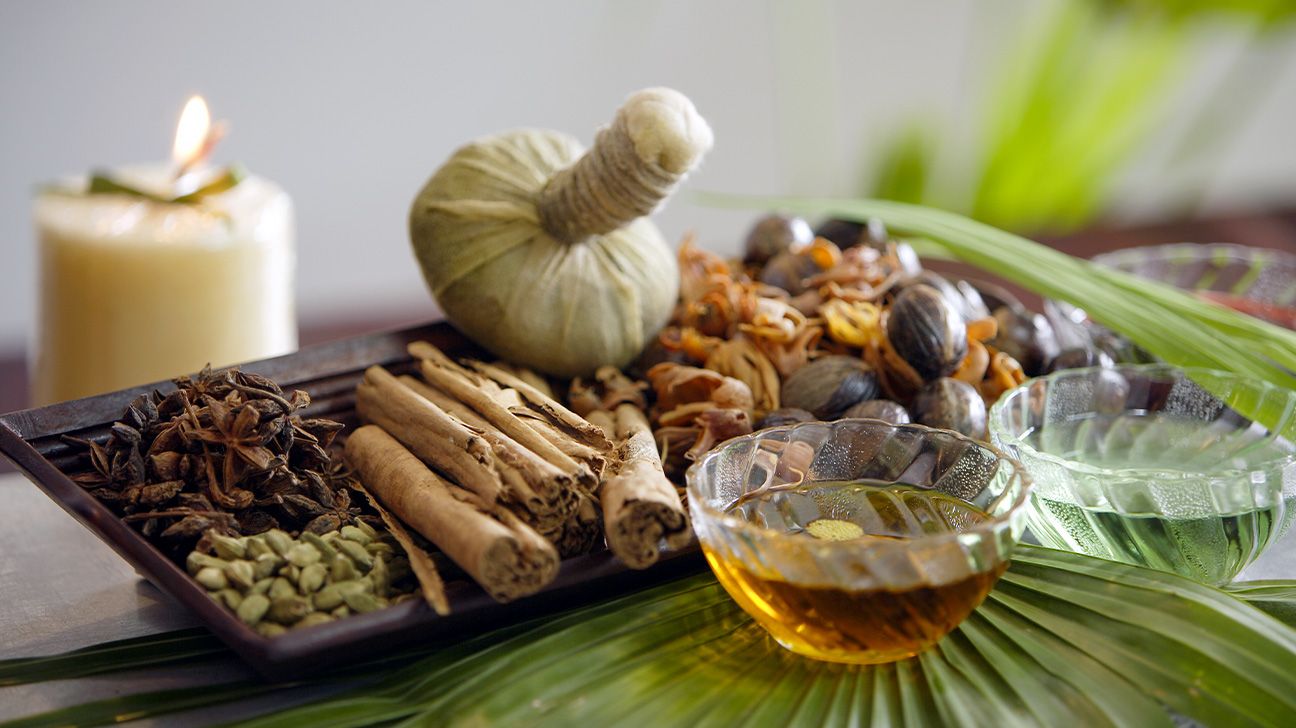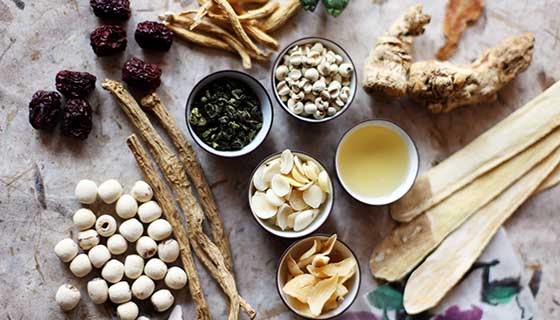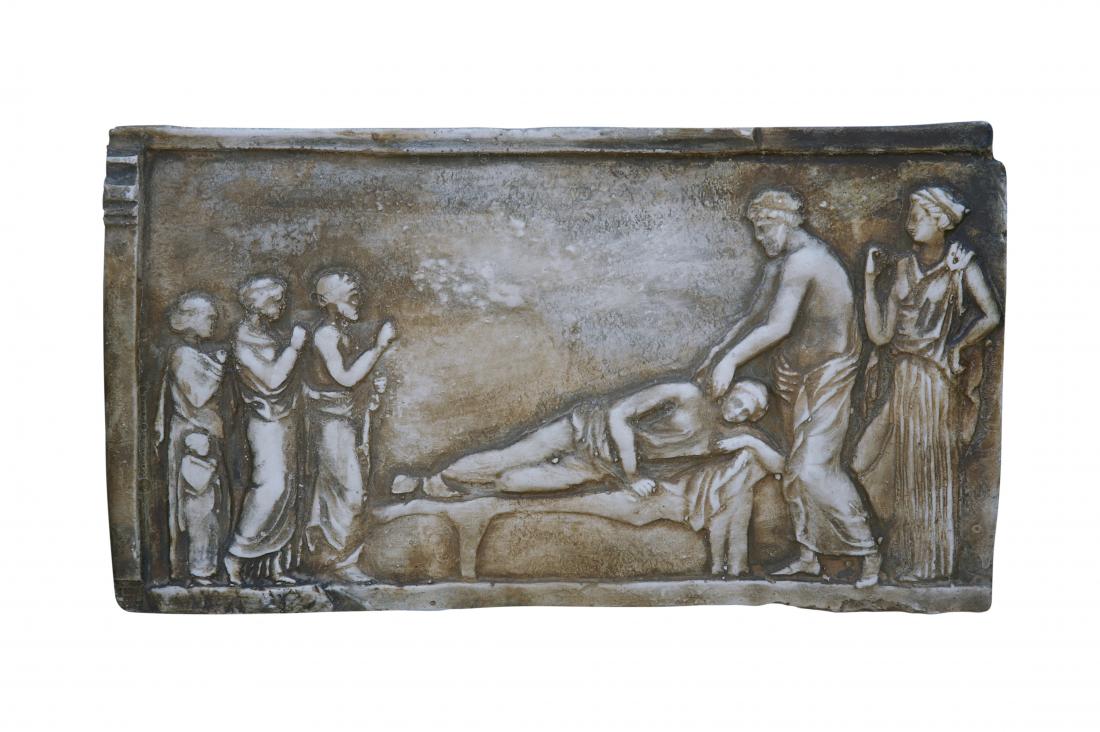Ancient Healing Practices: Traditional Medicine from Around the World
In a world increasingly driven by modern pharmaceuticals and high-tech medical interventions, there’s a growing curiosity about the ancient wisdom that forms the bedrock of traditional healing practices from various cultures worldwide. These ancient healing methods, developed over centuries, offer more than just remedies for physical ailments; they encapsulate a holistic approach to wellness that integrates the mind, body, and spirit. Join me on a journey as we explore the rich tapestry of Ancient Healing Practices: Traditional Medicine from Around the World.
Unveiling the Essence of Ancient Healing Practices
At its core, traditional medicine encompasses diverse healing modalities rooted in different societies' cultural beliefs, practices, and experiences. From Ayurveda in India to Traditional Chinese Medicine (TCM), from Native American herbal remedies to African traditional healing techniques, each tradition offers unique insights into the human body and its relationship with nature.
These practices are not merely about treating symptoms but restoring balance and harmony within the individual and their environment. They recognize the interconnectedness of all things and seek to address the underlying causes of illness rather than just alleviating surface-level discomforts.
Key Aspects of Traditional Healing
One of the distinguishing features of traditional healing is its emphasis on personalized care and individualized treatment plans. Practitioners take into account not only the physical symptoms but also the emotional, mental, and spiritual well-being of the patient. This holistic approach often involves lifestyle modifications, dietary changes, herbal remedies, and various therapeutic techniques tailored to each person's unique constitution and needs.
Moreover, traditional healing practices often draw upon a deep reservoir of cultural knowledge passed down through generations. Whether it's the intricate pulse diagnosis in TCM or the sacred plant ceremonies of indigenous cultures, these traditions are steeped in centuries-old wisdom that reflects a profound understanding of human physiology and the natural world.
Relevance in the Modern World
In an era dominated by quick-fix solutions and synthetic medications, the resurgence of interest in traditional healing practices speaks to a growing recognition of their efficacy and relevance in addressing complex health issues. Studies have shown that many traditional remedies contain active compounds with potent therapeutic properties, often without the side effects associated with synthetic drugs.
Furthermore, traditional healing approaches offer a more sustainable and eco-friendly alternative to the resource-intensive practices of modern medicine. By harnessing the healing power of plants, minerals, and other natural substances, these practices promote a deeper connection with the environment and a more harmonious way of living in balance with nature.
Insights from Around the Globe
Let’s take a moment to explore some fascinating examples of traditional healing practices from different parts of the world:
1. Ayurveda:
Originating in ancient India, Ayurveda is based on the belief that health and wellness depend on a delicate balance between the mind, body, and spirit. Ayurvedic practitioners use a combination of herbal remedies, dietary adjustments, yoga, and meditation to restore harmony and promote longevity.
2. Traditional Chinese Medicine (TCM):
TCM views the body as a complex system of interconnected energies, known as Qi, flowing through meridians or energy channels. Acupuncture, herbal medicine, cupping, and qigong are among the modalities used to regulate Qi and restore health in TCM.
3. Herbalism:
Herbal medicine is perhaps the most ubiquitous form of traditional healing, found in virtually every culture around the world. From chamomile tea for relaxation to turmeric for inflammation, plants have long been revered for their medicinal properties and healing potential.
4. Shamanic Healing:
Indigenous cultures across the globe have their own unique forms of shamanic healing, often involving rituals, ceremonies, and the use of sacred plants. These practices are deeply rooted in spiritual traditions and are believed to facilitate healing on multiple levels.
5. Greek Medicine:
The ancient Greeks made significant contributions to the field of medicine, with figures like Hippocrates laying the foundation for modern medical ethics and principles. Greek medicine emphasized the importance of diet, exercise, and environmental factors in maintaining health.
Conclusion: Embracing Ancient Wisdom for Modern Wellness
As we journey through the diverse tapestry of ancient healing practices from around the world, we discover a treasure trove of wisdom that transcends time and culture. These traditions offer valuable insights into the interconnectedness of human health and the natural world, reminding us of the importance of living in harmony with our environment and embracing a holistic approach to wellness.
In a world plagued by stress, chronic illness, and environmental degradation, the revival of interest in traditional healing practices comes as a beacon of hope, offering alternative pathways to healing that honour both the individual and the planet. By drawing upon the ancient wisdom of our ancestors, we can cultivate a deeper understanding of ourselves and our place in the world, paving the way for a healthier, more balanced future.
So, let us continue to explore, learn, and celebrate the rich tapestry of traditional healing practices from around the world, for in doing so, we not only honour the wisdom of the past but also pave the way for a brighter, more resilient future. Are you intrigued by the world of ancient healing practices? Join me in delving deeper into this fascinating subject, and let’s uncover more secrets of traditional medicine together!









Thank you for this article it 's very helpfull .are you looking for ayurveda treatment Rasayana Ayurveda, the best Ayurveda hospital in Kerala, offers exceptional holistic treatments rooted in ancient traditions. With expert practitioners, state-of-the-art facilities, and personalized care, it provides comprehensive wellness solutions, making it a top choice for those seeking authentic Ayurvedic healing.
ReplyDeleteThank you for your kind words! I'm glad you found the article helpful. Rasayana Ayurveda sounds amazing for authentic Ayurvedic treatments. Thanks for sharing this info with us!
Delete